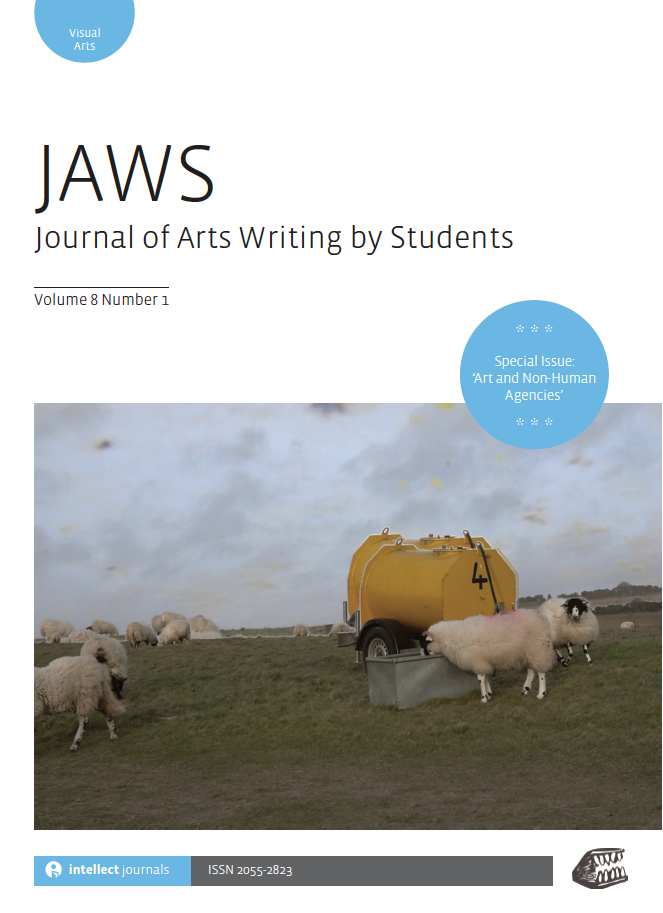-
f Material Communications
- Source: JAWS: Journal of Arts Writing by Students, Volume 1, Issue 1, Jan 2015, p. 63 - 75
-
- 01 Jan 2015
Abstract
All of us have a place in our homes where we keep meaningful things. These are things that would be devastating to lose or have destroyed. Our relationship with these things shows us how we have a fundamental, innate relationship to the objects around us. It is curious how design might begin to play a strategic role here. Design can be defined as a process that acts as a mediator between people, objects and spaces often concentrated on ergonomics, economic efficiency, functionality, ‘sustainability’ and technology. Material Communications provides a way for makers to critique this and adapt their existing design process in order to take care and reflect on the meaning and significance of supplying individuals with material objects. The process of designing products and environments is rich with tactics for making and arranging tangible objects and spaces. Unfortunately, design in its current state is yet to provide a strategy that explicitly addresses this potential. As an interior and product designer, my research is focused around re-orienting the design process as a strategy to slow down and to nurture our relationships to artefacts.
Material Communications is a strategy applied in family therapy that expands the understanding of the cognitive world for designers, and reveals the value of the material world for cognitive scientists. This research method has been put into action in a case study within child and family therapy. Through this research I have asked, ‘How might the process for design be used to bridge the gap between the material world and the cognitive world?


